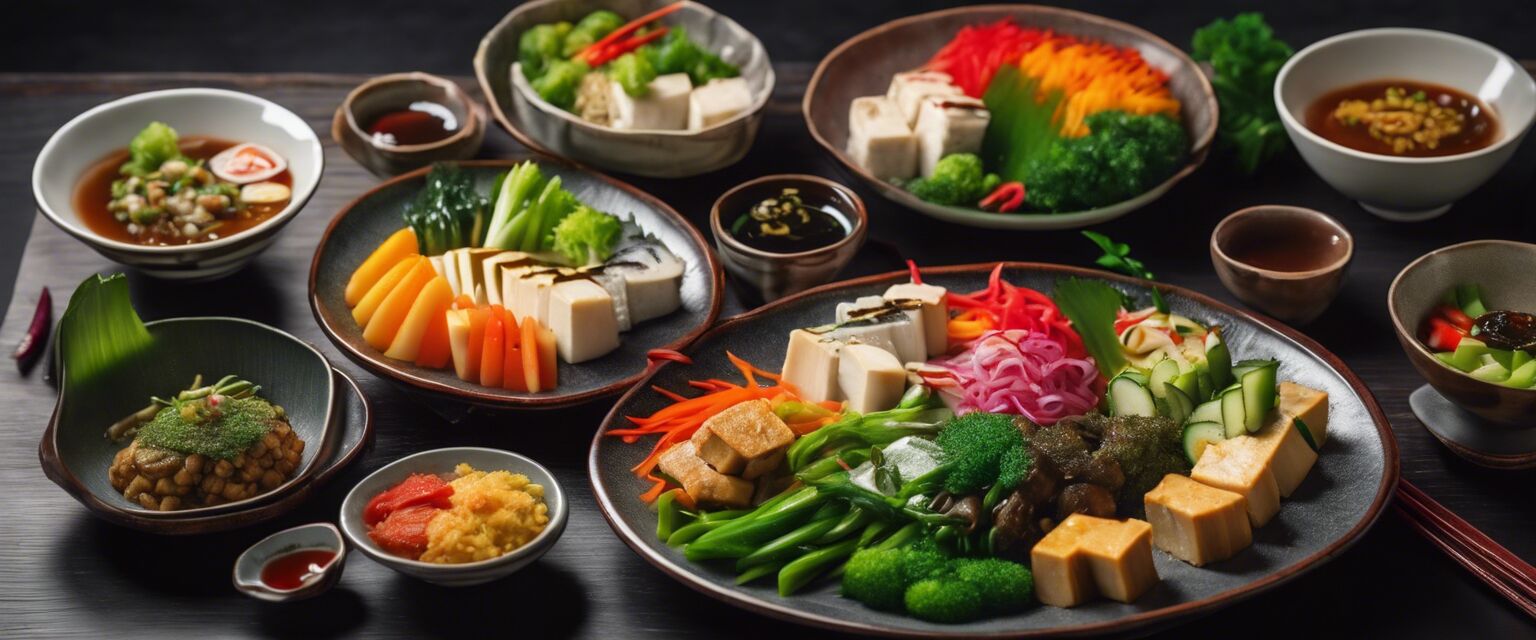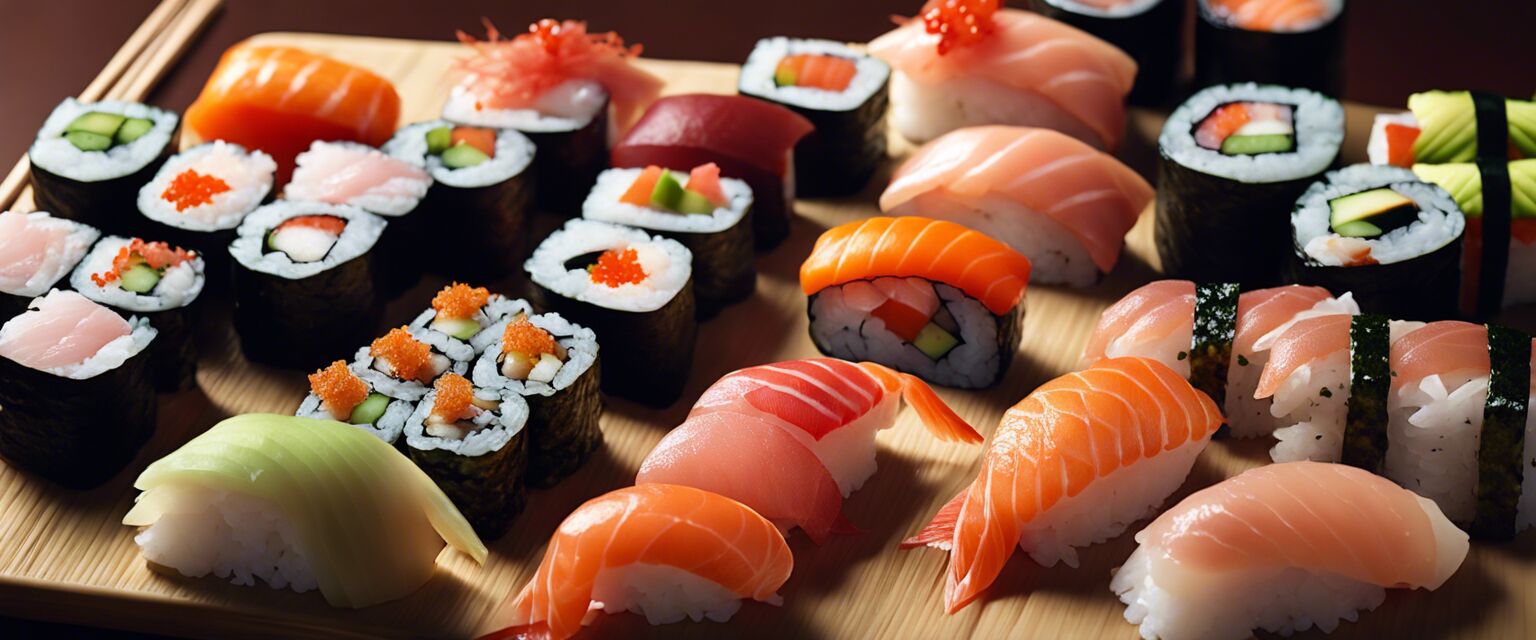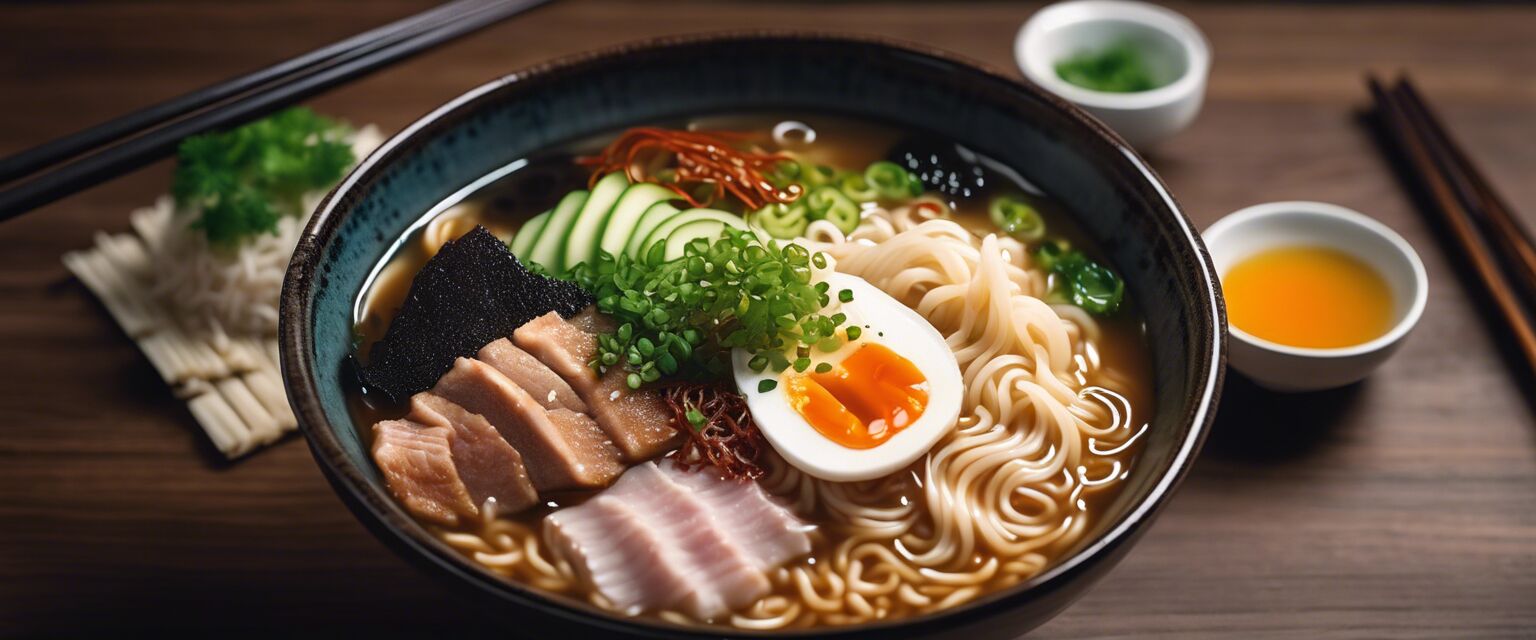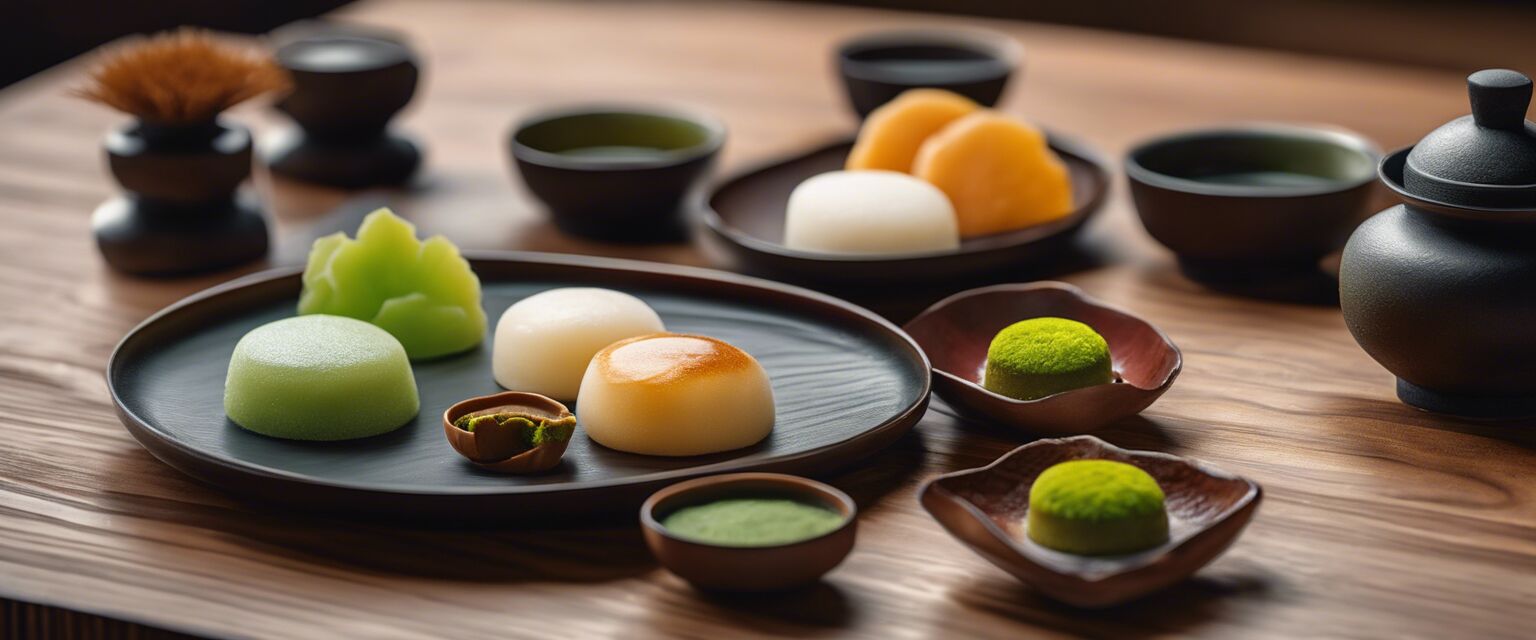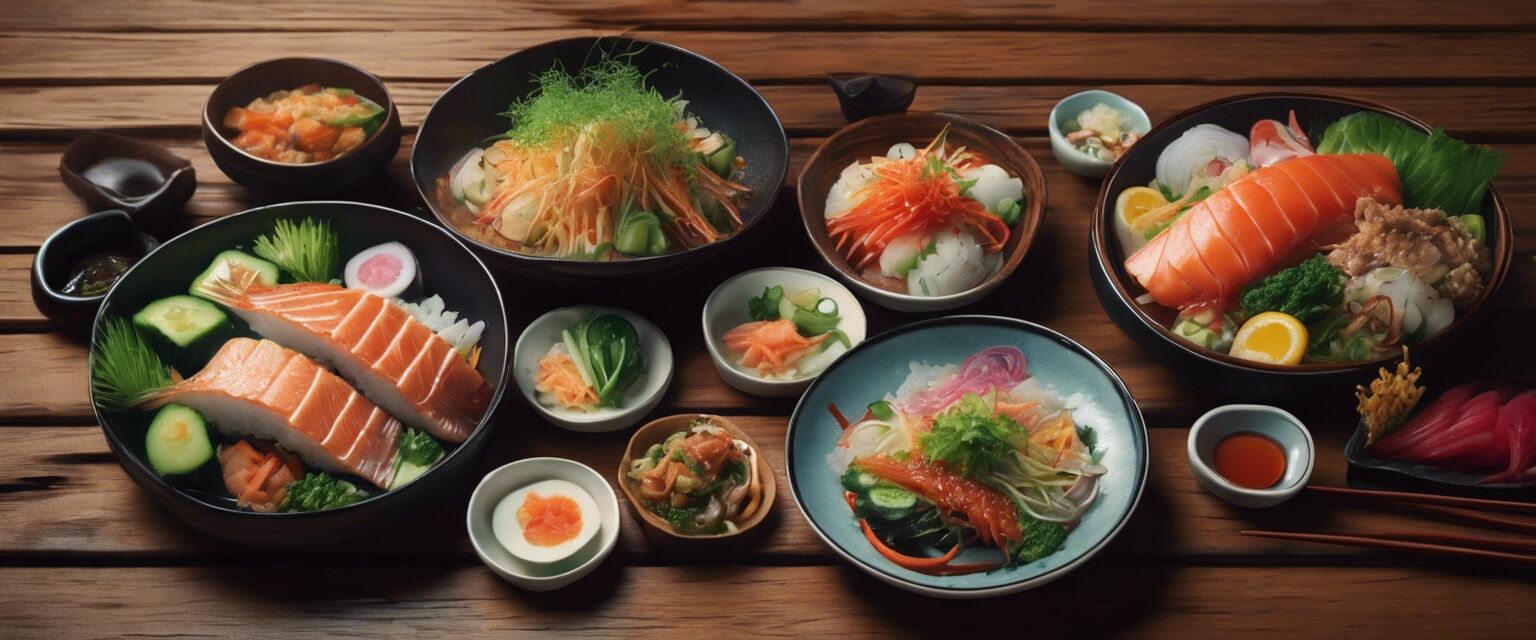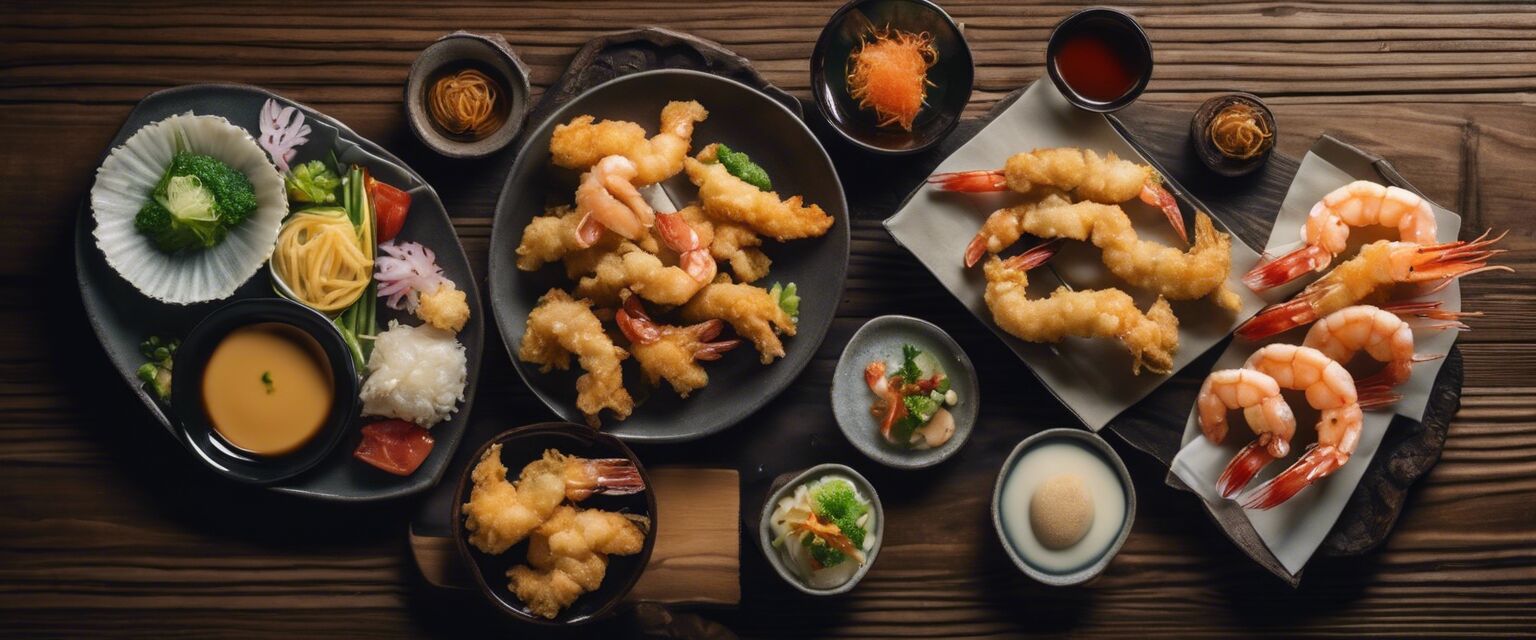
Tempura Recipes
Key Takeaways
- Tempura is a popular Japanese dish featuring battered and deep-fried ingredients.
- Common ingredients for tempura include shrimp, vegetables, and even some fruits.
- Perfecting the batter and frying technique is crucial for achieving crisp tempura.
- Tempura is best served immediately with a dipping sauce.
Tempura is a delightful Japanese dish that combines a light batter with a variety of fresh ingredients. This article provides step-by-step recipes to create delicious tempura at home. Whether you're looking to impress guests or enjoy a tasty meal, making tempura can be a fun and rewarding experience.
What is Tempura?
Originating in Japan, tempura involves coating food in a light batter and deep-frying it until golden and crispy. The dish is highly versatile, allowing for a wide range of ingredients, from seafood to vegetables. The key to excellent tempura lies in the batter, which should be light and airy, creating a delicate crunch.
Essential Ingredients for Tempura
| Ingredient | Description |
|---|---|
| Tempura flour | A special flour blend that yields a light and crispy batter. |
| Ice-cold water | Helps to keep the batter light and prevents gluten formation. |
| Vegetables | Common choices include sweet potatoes, zucchini, and bell peppers. |
| Shrimp | Fresh shrimp is a popular ingredient, providing a delicious contrast to the batter. |
| Dipping sauce | Typically a mixture of soy sauce, dashi, and mirin. |
Step-by-Step Tempura Recipes
Shrimp Tempura Recipe
This classic shrimp tempura recipe is sure to impress your family and friends. Follow the steps below:
- Prepare the shrimp by peeling and deveining them.
- In a bowl, mix tempura flour with ice-cold water to make the batter.
- Heat oil in a deep pan to around 350°F (175°C).
- Dip the shrimp into the batter, allowing excess to drip off.
- Carefully place the shrimp in the hot oil and fry until golden brown.
- Remove from oil and drain on paper towels.
- Serve immediately with dipping sauce.

Vegetable Tempura Recipe
Vegetable tempura is a great way to enjoy fresh produce. Hereâs how to make it:
- Slice your favorite vegetables (e.g., sweet potatoes, bell peppers, zucchini).
- Mix tempura flour with ice-cold water to create the batter.
- Heat oil in a deep pan to around 350°F (175°C).
- Dip the vegetable slices into the batter.
- Fry the vegetables in hot oil until golden brown and crispy.
- Drain on paper towels and serve with dipping sauce.
Tips for Perfect Tempura
- Always use ice-cold water to make the batter.
- Do not overmix the batter; lumps are okay for texture.
- Fry in small batches to avoid lowering the oil temperature.
- Use a thermometer to maintain consistent oil temperature.
- Serve tempura immediately for the best texture.
Serving Suggestions
Tempura can be enjoyed on its own or as part of a larger meal. Here are some serving suggestions:
- Serve with a side of dipping sauces like tentsuyu or ponzu.
- Pair tempura with a bowl of rice or soba noodles.
- Consider adding a side salad to complement the meal.
Storage and Reheating Tempura
While tempura is best enjoyed fresh, you may have leftovers. To store:
- Place leftover tempura in an airtight container in the refrigerator.
- Reheat in a toaster oven or air fryer to regain crispiness.
- Avoid microwaving as it can make the batter soggy.
Conclusion
Making tempura at home is a delightful culinary experience that can be enjoyed by everyone. With these step-by-step recipes and tips, you can create crispy and delicious tempura using a variety of ingredients. Experiment with different vegetables and seafood, and don't forget to enjoy them fresh with your favorite dipping sauces!
Pros
- Delicious and crispy texture.
- Versatile; can use various ingredients.
- Fun to make for family and friends.
- Great for special occasions or casual meals.
Cons
- Requires frying, which can be messy.
- Can be high in calories due to the frying process.
- May require special ingredients like tempura flour.

